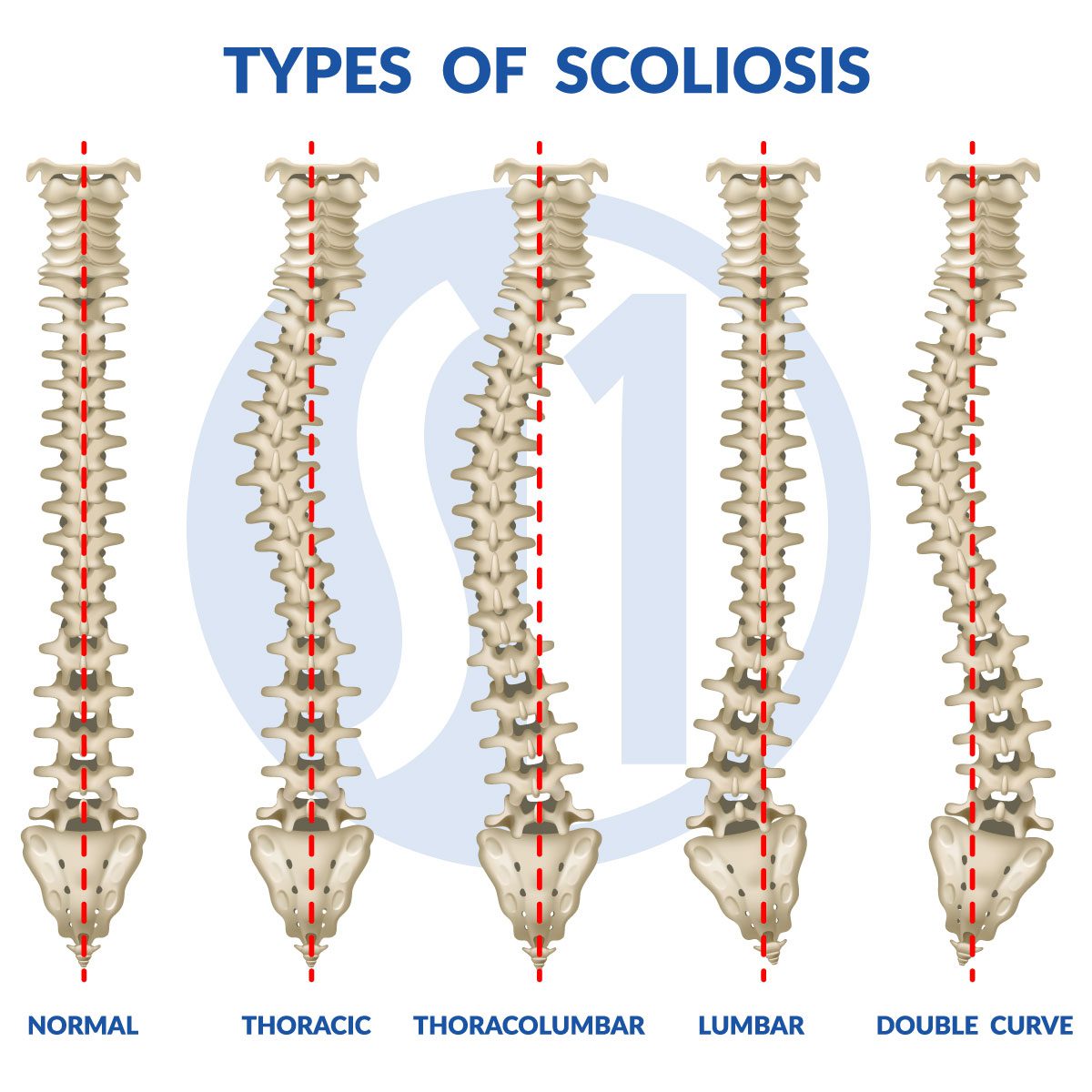Scoliosis
Abnormal Curvature of the Spine
Scoliosis is an abnormal curvature of the spine, which may be categorized as:
- non-structural, meaning the curve is temporary and the spine is structurally normal;
- or structural, meaning that the spine has a fixed curve.
Scoliosis may affect the cervical (upper), thoracic (middle) and lumbar (lower) regions of the spine. The curves, which veer to the left or right, often looks like a “C” or “S” shape. Scoliosis may be caused by a birth defect, neuromuscular disorder, injury, or infection of the spine. The structural changes in the spine from scoliosis may also result in several secondary conditions, such as spinal stenosis (the abnormal narrowing of the spine) and foraminal stenosis (a narrowing of the open spaces in the lumbar spine).
Individuals with mild cases of spine curvature may only require a nonsurgical approach to alleviate their symptoms. SpineOne doctors use a combination of minimally-invasive pain management procedures to relieve debilitating pain and allow patients to participate in a physical therapy program to correct structural abnormalities. Your doctor will likely recommend advanced diagnostic imaging to help explore several options for symptoms relief.
Your doctor can help you decide whether injection therapy is right for you based on your unique case of spinal curvature and motion. Patients participating in minimally-invasive pain management and physical therapy have reported long-term improvement in day-to-day living.
